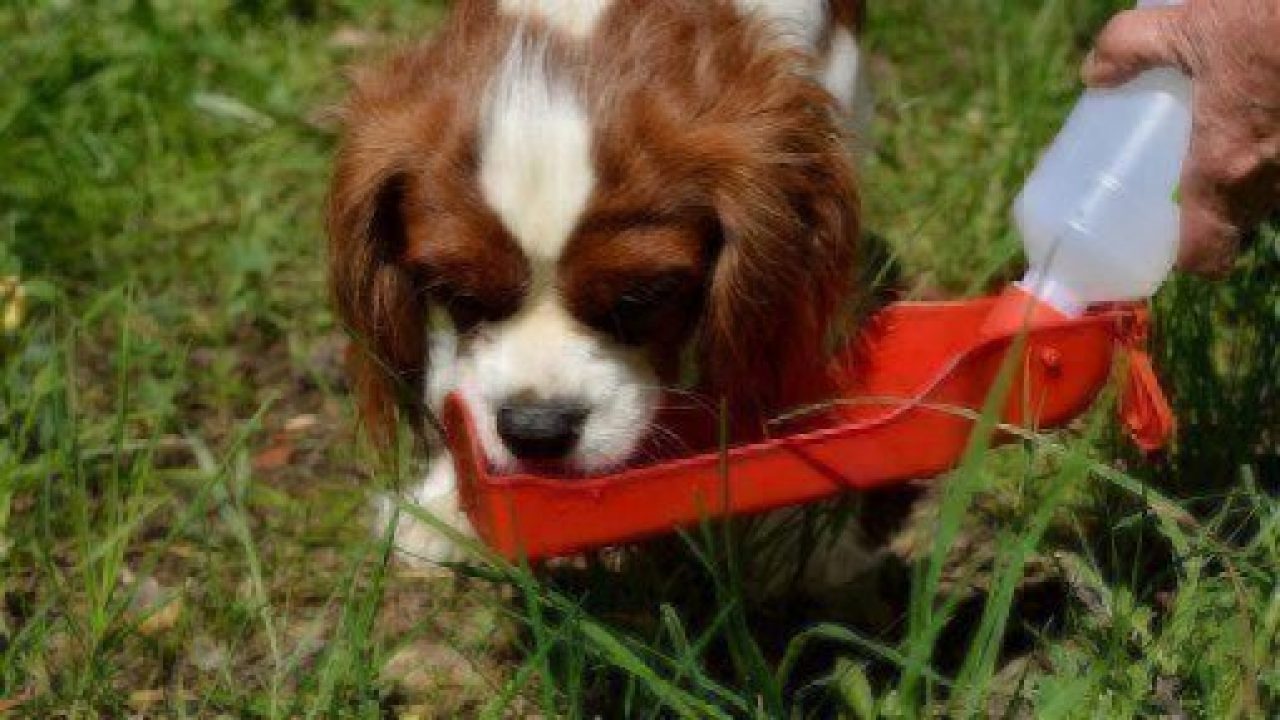Table of Contents
From earthquakes to floods, we are usually aware of our location’s key natural disasters and what to do should they strike. But are you prepared to handle a medical emergency with your cat or dog? Most local CPR and first aid organizations have pet emergency courses. Taking one of these courses could mean saving your pet’s – or someone else’s pet’s – life.
CPR training not only covers how to resuscitate a dog or cat should they be electrocuted, knocked unconscious, experience choking or suffer from drowning, but teaches pet parents necessary medical knowledge such as how to check vitals, treat bleeding, care for injuries and wounds, and what to do for specific emergencies like animal bites, snake bites, car accidents and more. Below, find our tips to refresh your knowledge or prepare before heading to class.
Animal CPR and Rescue Breathing
The University of Washington recommends the following steps for CPR for Cats & Dogs (these directions assume the animal is unconscious and the risk of being bitten by the animal is not present):
- Remove any obstruction.
Open animal’s mouth and make sure the air passage is clear. If not, remove the object obstructing the air passage.
- Extend the head and give several artificial respirations:
- For large dogs: close the animal’s jaw tightly and breathe into the nose. The animal’s chest should rise. Give 2 breaths.
- For small dogs and cats, you may be able to cover the nose and mouth with your mouth as you breathe. The animal’s chest should rise. Give 2 breaths.
- Next perform chest compression
- For medium to large sized dogs, particularly those with round chests (e.g. Labradors, Golden Retrievers) or brachycephalic breeds with barrel chests (e.g. English Bulldogs, Pugs), you may be able to position the dogs on its back and compress the chest just like for humans.
- For small dogs and cats as well as large dogs with keel-shaped chests (e.g. Greyhounds, German Shepherds, Dobermans), you may need to lie the animal on its right side and compress the side of the rib cage. Alternatively, you can position the animal on its back and press on both sides of the rib cage.
- The rate of chest compressions varies with the size of the animal
- Dogs over 60 lbs: 60 compressions per minute
- Animals 11 to 60 lbs: 80-100 compressions per minute
- Animals 10 lbs or less: 120 compressions per minute
- Alternate breaths with compressions
The ratio of compressions to breaths should be approximately the same as for humans – 30:2. Continue with this alternation until the animal responds or begins to breathe on its own.
Choking & the Heimlich Maneuver for Cats and Dogs
Not an easy feat, the Heimlich Maneuver should be a last resort for a choking pet. Your first step is to try and manually remove the obstruction – as in, get your hands in and try to remove the obstruction. If that fails, you can then try the Heimlich maneuver.
For other pet emergencies:
- Know the Signs of Poison:
Sometimes you’re not sure what toxic food or substance your dog or cat has ingested, so watch for the following signs: dilated pupils, drooling or foaming at the mouth, rapid heartbeat, bruising, nosebleeds, seizures and abnormal behavior. Call the Pet Poison Helpline and be ready to describe what your pet ingested, as well as any symptoms (your Healthy Paws policy covers poison hotline charges).
- Watch for Dehydration:
There’s a quick test for dehydration: pull up on the skin between the shoulder blades on your dog, or just a pinch of skin on a cat. If it doesn’t spring back and stays “tented,” this is a sign of dehydration. Bring your pet to the veterinary hospital asap.
- What to do in the Event of a Seizure:
You’ll want to keep your pet in a safe place but do not restrain them. Give them enough room and don’t have your hands by the mouth should they bite.
- Know the Signs Heat Stroke:
Signs of heat stroke or heat exhaustion include collapse, excessive panting, difficulty breathing, increased heart rate, bloody diarrhea and vomiting, wobbly walking and a body temperature of 104 degrees Fahrenheit or above.
- Treating Wounds, Broken Bones or Bleeding:
Get to the emergency hospital as soon as possible as these injuries can be fatal. Pets bitten by other animals need vet attention to prevent infections and to check for internal wounds. If your pet is bleeding, apply direct pressure using gauze, and if the gauze soaks completely through, do not remove it – simply add more gauze on top of it until you get to the veterinary hospital. Familiarize yourself with how to craft a splint or tourniquet.
Be Prepared with a First Aid Kit
Pack an emergency first aid kit that includes essentials like bandages and gauze, ointments and scissors. You should also keep numbers to your regular veterinarian, animal emergency hospital and poison control stored in your phone and displayed on the fridge, as well as keep a copy in the physical first aid kit. Your pet insurance policy number and information is all set in the Healthy Paws mobile app, which you can always use in the calm after the storm.
Your pet first aid kit should include the following:
- Food
- Water
- Towels and/or warm blanket
- Required prescription medications and a list of medications your pet is on
Tools:
- Wire or metal cutters
- Regular scissors
- Tweezers
- Tick tweezers
- Small magnifying glass
- Rectal digital thermometer
- Plastic syringes (for giving medicine)
- Flashlight
- Eye dropper
- Rope
Medical Supplies:
- Gauze pads and rolls
- Bandages (recommended non-stick like 3M)
- Cotton balls and swabs
- Elastic/ACE bandage wrap
- Splint materials (a paper towel tube or rolled up newspaper and cloth strips work well)
- Styptic pencil or powder
- Rubbing alcohol
- Hydrogen peroxide
- Topical antibiotic ointment
- Insect sting relief pads/pen
- Saline eye wash
- Instant cold pack
- Karo or glucose syrup
- Epi-pen for pets with a known life-threatening allergy
Pet first aid book: The American Red Cross’ “Pet First Aid” is a smart addition to any kit. For on the go, try the Pet Emergency Pocket Guide, a great size for the road or to be kept in the first aid kit.
Pets trust us to keep them safe and sound, so doing as much as you can to prevent incidents is of utmost importance: keep dogs leashed when walking to avoid car accidents or clashes with other animals, and keep cats indoors. Visit your vet annually for vaccines and general wellness. But most of all, stay calm and know what to do should the worst happen.








